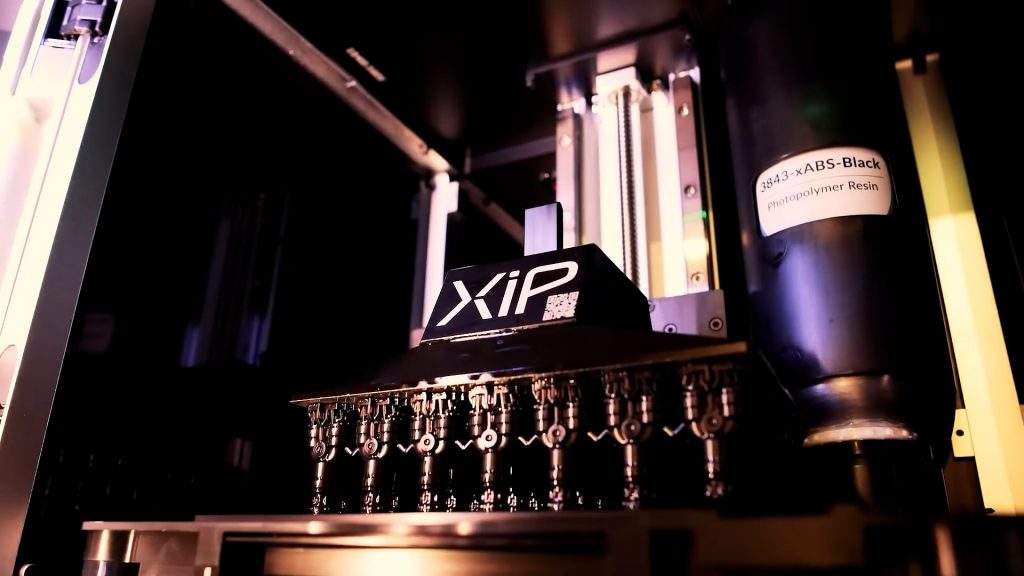3D printing revolutionizing battlefield logistics: Weapon of the Week

Resupplying troops at the tactical edge is a constant challenge. When equipment breaks in remote locations, such as islands in the Pacific, replacement parts aren’t readily available — and there’s no hardware store around the corner.
Obsidian Solutions Group believes it has a solution. The company showcased a mobile 3D printing trailer at a recent defense expo, designed to deliver adaptive manufacturing capabilities directly to the front lines.
Bruce LeMaster, vice president of manufacturing at Obsidian, said the concept was born from a recurring request from expeditionary forces.
“We hear this all the time — frontline personnel want the ability to print parts in theater,” LeMaster said. “No one had a definitive answer for how to do that, so we built one.”
What makes the system special?
The compact trailer, which the V-22 Osprey and other aircraft can transport, houses the system. Once deployed, the unit expands into a pop-up tent from HDT Global, creating a mobile workspace equipped with two resin-based printers and a FARO Arm for reverse engineering and inspection.
“If something breaks in the field, we can scan it, reverse engineer it, and enter the data into our CAD system,” LeMaster said. “Then we print the part on-site. Within hours, we can produce replacement handles, fixtures — whatever is needed.”
The setup is modular. If a person needs metal components, they can replace the resin printers with a directed energy deposition metal printer.
“There are many options,” he said. “We’re pushing the issue and asking the military to tell us what they need. We’ll configure it and make it happen.”
Compared to larger container-based systems, Obsidian’s trailer offers a more transportable solution. LeMaster said they designed it so people can load it into pallets and easily deploy it.
“Other companies use Conex boxes with big units,” he said. “This is smaller and more mobile. We can’t fit large powder-bed metal printers, but we can support resin, extrusion, and directed energy deposition technologies.”
Obsidian hopes the trailer will help fill a critical gap in battlefield logistics by enabling rapid, on-site manufacturing.
Access the full Weapons and Warfare episode here.
Access all Weapons and Warfare podcast episodes here.





